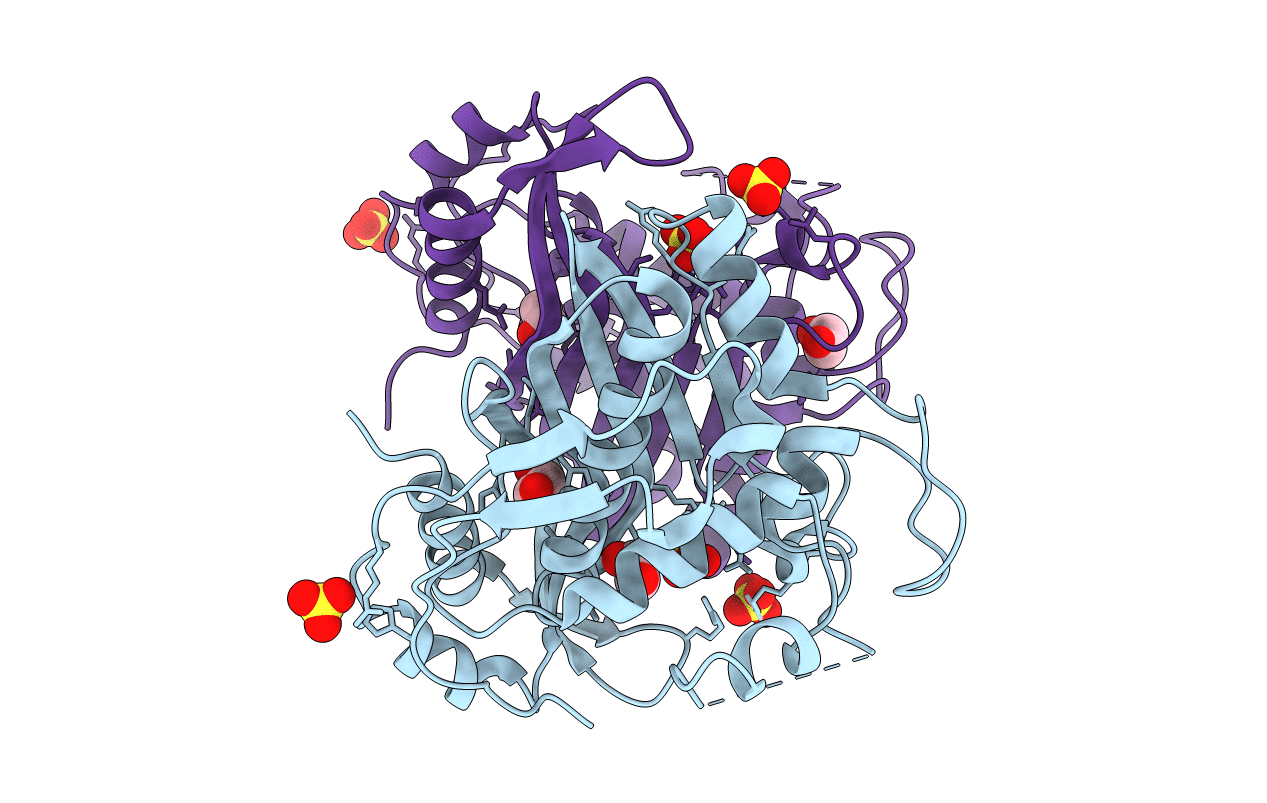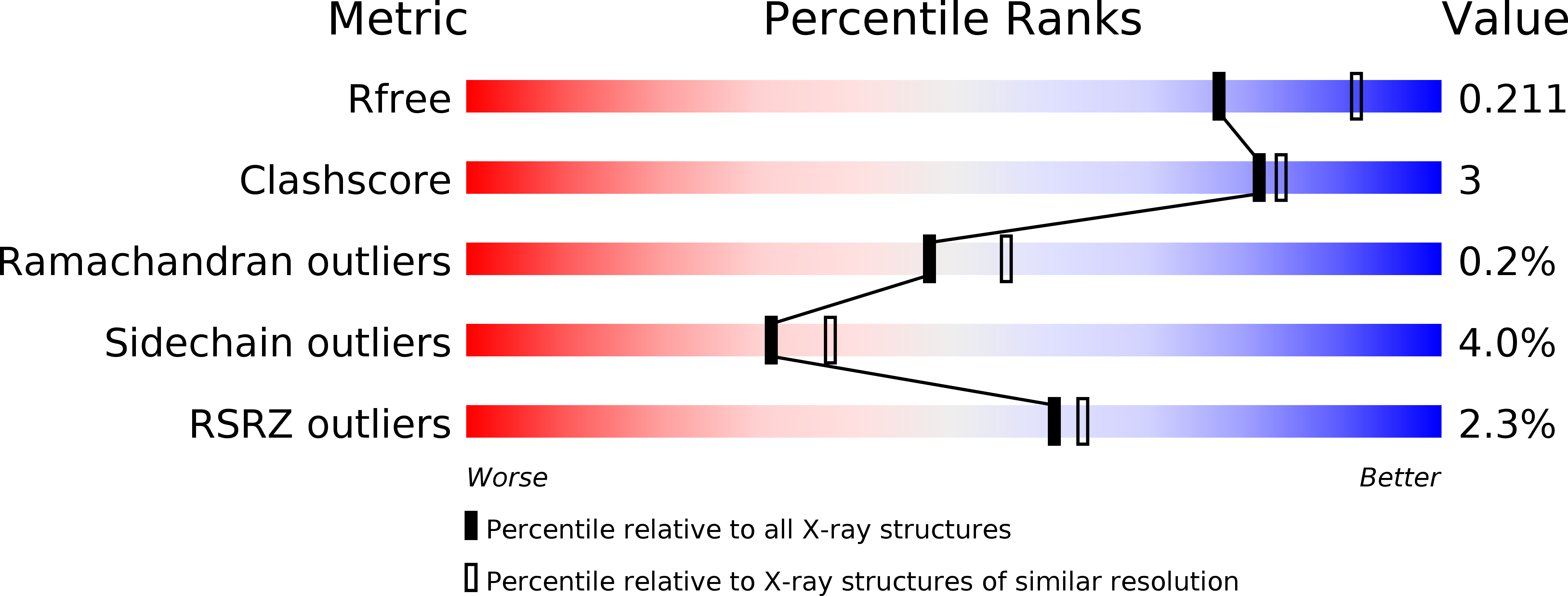
Deposition Date
2013-12-16
Release Date
2015-01-21
Last Version Date
2023-09-20
Entry Detail
PDB ID:
4O1U
Keywords:
Title:
Crystal structure of human thymidylate synthase mutant Y202C
Biological Source:
Source Organism:
Homo sapiens (Taxon ID: 9606)
Host Organism:
Method Details:
Experimental Method:
Resolution:
2.26 Å
R-Value Free:
0.21
R-Value Work:
0.17
R-Value Observed:
0.17
Space Group:
P 31


